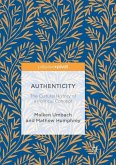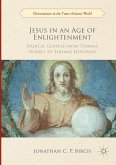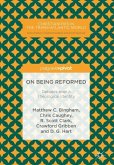This book provides a reinterpretation of early modern clock and watch dials on the basis of use. Between 1550 and the emergence of a standard format in 1770, dials represented combinations of calendrical, lunar and astronomical information using multiple concentric rings, subsidiary dials and apertures. Change was gradual, but significant. Over the course of eight chapters and with reference to thirty-five exceptional images, this book unlocks the meaning embedded within these early combinations. The true significance of dial change can only be fully understood by comparing dials with printed paper sources such as almanacs, diagrams and craft pamphlets. Clock and watch makers drew on traditional communication methods, utilised different formats to generate trust in their work, and tried to be help users in different contexts. The calendar, lunar and astronomical functions were useful as a memory prompt for astrology up until the mid-late seventeenth century. After the decline ofthis practice, the three functions continued to be useful for other purposes, but eventually declined.
"An extraordinary book in every way, exploring the changing use of clocks and watches offering new insights into early perceptions of time and its practical use. The book's author ... must be congratulated on the in-depth research that has led to a reinterpretation of early clock and watch dials on the basis of use. ... This is a fascinating and compelling exploration of an extraordinary period of change for all aspects of life seen through the development of the watch and clock dials." (MWM, mrwatchmaster.com, November 22, 2022)








